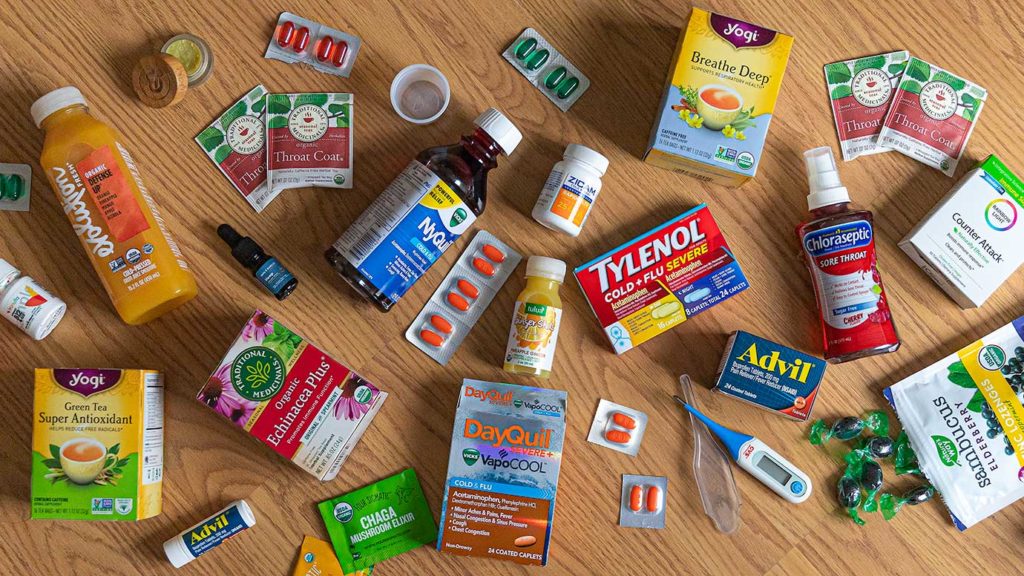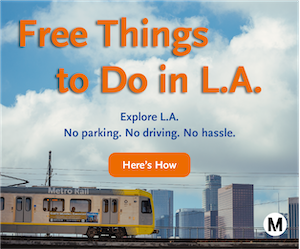
Two days ago, I felt a tickle in my throat. The kind of vague, scratchy feeling where you think a piece of oatmeal is lodged in the wrong spot and a sip of water will do the trick. After your third tall glass, you realize it’s not going away. And then you cough.
Before long, other symptoms develop. Some body aches, a general malaise. It’s what most people would identify as your typical cold. But at the same time, you watch the news, see photos of panic buying at Trader Joe’s, read about more confirmed cases in your city, and the inevitable paranoia creeps in.
That’s where I’m at right now.
I have no specific reason to think I’m infected with COVID-19. I’ve had no known contact with an infected individual, nor have I recently traveled to a country afflicted with an outbreak. No fever, sneezing, or shortness of breath.
But I do live in a city with confirmed cases of community infection. I have been to the gym, restaurants, the grocery store, the movies, and a large-scale beachside festival, all in the last ten days. Could I have it? It’s a possibility, if only very remote. The problem is, of course, I can’t get tested, which is an issue many, many, many sick (but not too sick) individuals are dealing with right now.
According to the L.A. County Public Health Department COVID-19 FAQ page, “testing is not helpful if you do not have symptoms” and “most people will get better with rest, so there is no need to see a doctor if you have mild symptoms.” That squares with everything I’ve researched about the virus and the advice provided by a doctor I consulted about my symptoms. As a 39-year-old in very good health with no pre-existing medical conditions, I will almost certainly be fine, even in the very slim chance it is COVID-19.
My worry is about my father-in-law. Or a family friend. Or that nice older worker at the post office. My worry is spreading it to the community generally.
On Wednesday, ProPublica released a report that government agencies at different levels (local, state, federal) can’t seem to agree on standards for patient quarantining, whether it’s who should be quarantined or for how long. With differing advice depending on who they speak with, patients are left to self-direct their own healthcare decisions. This does not seem like the best approach.
Unfortunately, the lack of certainty I’m feeling at this moment is likely shared by many American citizens, specifically those in densely populated cities where cases of community infection have been confirmed. Add to that the fact that many people simply can’t afford to skip work, have no sick leave or no healthcare coverage at all, and you have a recipe for a rapid spread that it appears our government is only just coming to terms with.
Over the course of this week, we’ve seen a sweeping series of major event cancellations, along with the suspension of games for professional sports leagues and the NCAA Tournament. Even Disneyland is shutting down. In California, Governor Gavin Newsom has ordered statewide cancellation of events with 250 people or more, and locally Mayor Eric Garcetti has recommended cancellation or postponement of all gatherings with more than 50 people.
Ideally, we would have ramped up our testing measures months ago. We’d have started prepping our population for the idea of extreme social distancing, and installed uniform protocol guidelines for treatment and/or quarantine. But that’s neither here nor there. We are where we are now.
For me personally, faced with a variety of unknowns, I’ve decided to take the most conservative approach possible. I’m choosing to self-quarantine for now, at least until adequate testing measures are ramped up. Even if it’s just a cold, better safe than sorry.
As for the rest of the world, I expect things to get worse before they get better. More people will be in my situation, feeling sick, but not too sick, and unsure of the next steps. For others, the symptoms may be more serious. More testing will mean more confirmed cases, which could ramp up the fear level even higher than it is. The CDC admits this much in its situation summary, updated March 12, 2020:
More cases of COVID-19 are likely to be identified in the United States in the coming days, including more instances of community spread. CDC expects that widespread transmission of COVID-19 in the United States will occur. In the coming months, most of the U.S. population will be exposed to this virus.
Widespread transmission of COVID-19 could translate into large numbers of people needing medical care at the same time. Schools, childcare centers, and workplaces may experience more absenteeism. Mass gatherings may be sparsely attended or postponed. Public health and healthcare systems may become overloaded, with elevated rates of hospitalizations and deaths. Other critical infrastructure, such as law enforcement, emergency medical services, and sectors of the transportation industry may also be affected. Healthcare providers and hospitals may be overwhelmed. At this time, there is no vaccine to protect against COVID-19 and no medications approved to treat it. Nonpharmaceutical interventions will be the most important response strategy to try to delay the spread of the virus and reduce the impact of disease.
Right now, there’s a range of possible outcomes, but a worst-case scenario involves hospitals completely overwhelmed with critical care patients. There is a limit to how many beds, ventilators, and masks are available. If we start exceeding that limit, then medical professionals may face heart-wrenching decisions. This is essentially what has happened in parts of Italy. We, as a community, should be doing everything we can do avoid such an outcome.
The good news is we’re not there yet, and even if the spread of the virus is inevitable, we should aim to flatten the curve of infection and spread it out over a longer time period. We need to delay it, even if we can’t stop it.
In an opinion piece in the NY Times this morning, a pair of epidemiologists offered insight into how Singapore, Taiwan, and Hong Kong have each effectively dealt with the COVID-19 outbreak in their own unique ways. Their examples should be instructive.
Action starts with you and your community. Here’s my advice, for whatever it’s worth: be conservative in your approach to daily life. Check with your friends and family to see how they’re handling things. Read up on best practices to stop the spread of illness. Contact your medical provider if you start feeling symptoms. Avoid the crowds and telecommute if you’re able. And for Pete’s sake, please stay home if you’re feeling sick.
That’s where I’ll be for the time being.
Next: COVID-19 Self-Quarantine Day 2: In Standing Apart, We Stand Together



